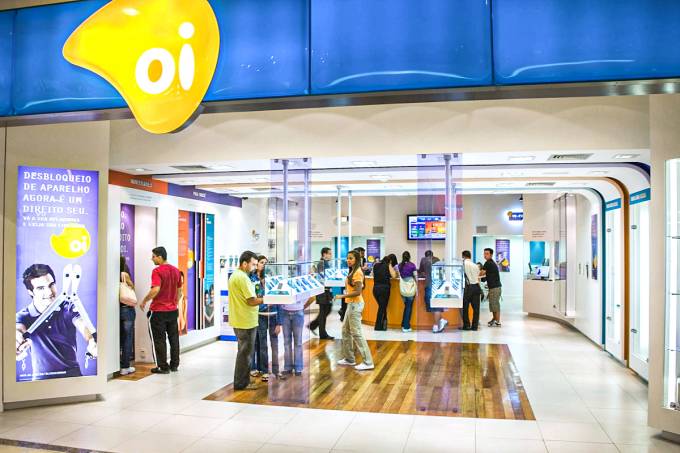RIO DE JANEIRO, BRAZIL – The hitherto virtually unknown Highline won the headlines as the favorite to acquire two of the main assets to be sold by Oi, which is in the process of bankruptcy protection and in its plan’s updating stage. Many understood from yesterday morning’s announcement that the other interested parties – mainly the trio formed by Telefônica Vivo, TIM, and Claro – are out of the dispute.

The process of selling Oi’s assets is different from traditional mergers and acquisitions and is using a model known outside Brazil as a “stalking horse”. This is not yet the Oi Móvel sale auction, as it may only be held once the updated telecom recovery plan is approved in the creditors’ general meeting (AGC), with no date fixed but expected to occur in August. All known interested parties, and even new ones, may join the auction.
Highline’s role as a ‘stalking horse’ is to offer a binding base proposal. If no one in the auction offers a better set of conditions, then it will be the buyer. The exclusivity period announced, until August 3rd, is for the American company’s documentation as the leader of the sale process – not for the sale itself. However, the contracts will include the business terms. In any case, Oi cannot sell anything before the creditors’ meeting. In return for its purchase guarantee, Highline is entitled to cover any competing offer that comes along.
In bankruptcy protection, the sale of assets, organized in the form of an Isolated Production Unit (UPI), always implies an auction.
The infrastructure company, created by asset manager Pátria Investments and now belonging to the Digital Colony US fund, does not operate in the customer service market, and yet managed to elect itself to lead the purchase of the Oi mobile telecom company, for the minimum price of R$15 billion (US$2.9 billion), as well as the telecom towers, for a minimum of R$1 billion. Highline is expected to have a plan for Oi’s customer base after the transaction. The company is not new in Brazil and virtually all telecommunication companies are customers of its infrastructure.
While raising funds is the Brazilian telecom’s primary goal, its choice may consider other issues, such as timing and legal constraints, for instance. It is true that a sale to the domestic telecom trio would require much more time for analysis by regulators – ANATEL, from the telecom sector, and CADE, the anti-trust agency – meaning there are many more risks.
Oi’s selection of Highline was strategic and put pressure on Telefônica Vivo, TIM, and Claro. It will require greater ability in the proposal for dealing with regulatory risks, and a higher price. In a report on Thursday, Santander estimates the potential for the trio to be between R$10 and R$12 billion – a huge slack for those willing to compete for the asset.
Source: Exame

